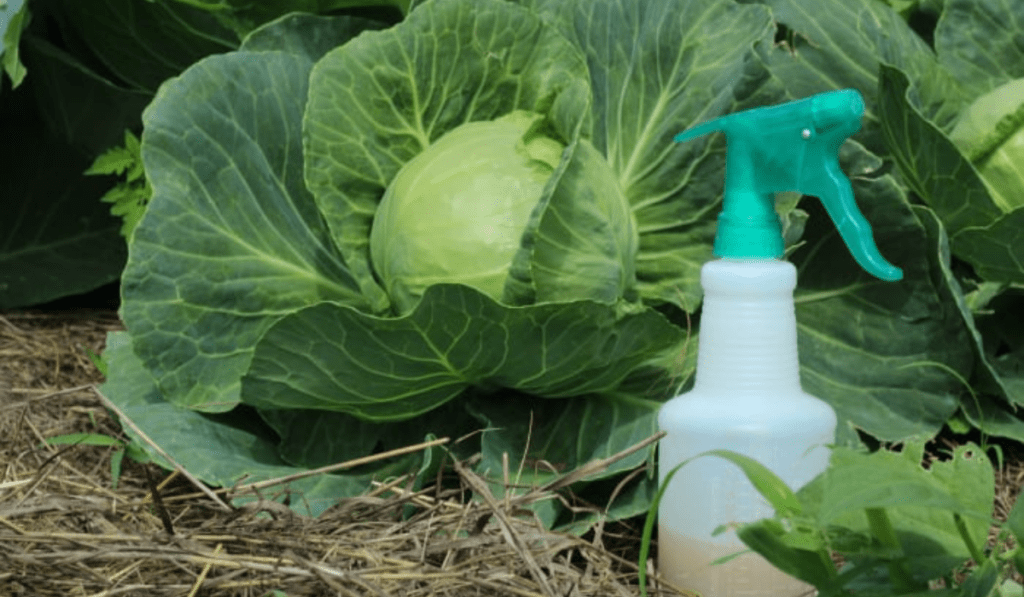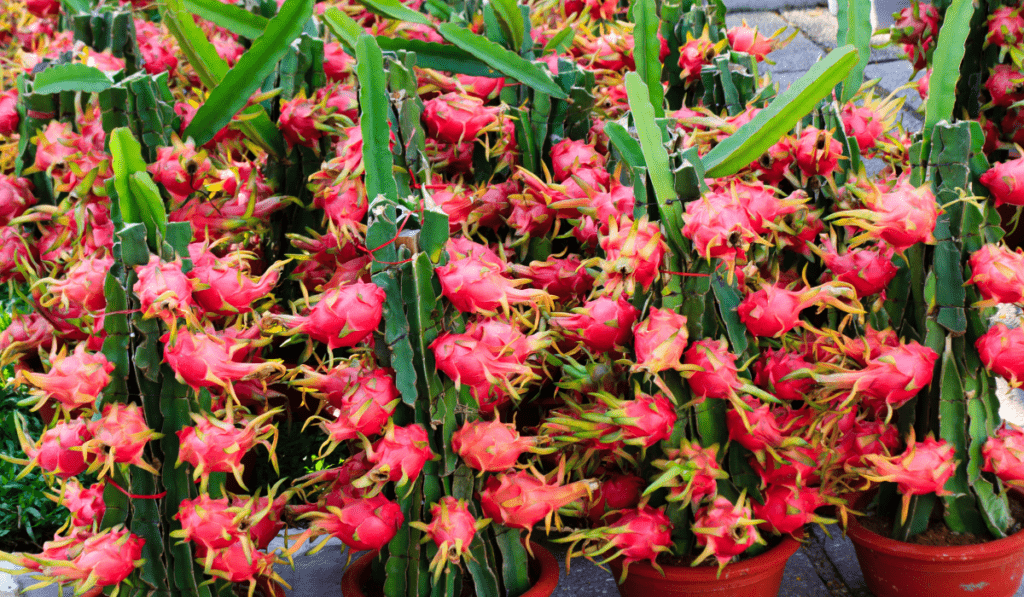Attracting native pollinators to your garden is crucial for maintaining a sustainable ecosystem. Native pollinators, such as bees, butterflies, and birds, play a vital role in pollinating plants and ensuring the production of fruits, vegetables, and flowers. By creating a pollinator-friendly garden, you can support these important pollinators, enhance biodiversity, and contribute to overall environmental sustainability. This can be achieved by providing suitable nesting sites, planting native flowering plants, avoiding pesticides, and creating diverse habitats that attract a variety of pollinator species.
Discover the importance of attracting native pollinators to your garden for sustainability. Native pollinators, including bees, butterflies, and birds, play a critical role in supporting plant reproduction and maintaining biodiversity. In this article, we will explore effective ways to attract and retain these essential pollinators in your garden. Learn how to create a pollinator-friendly environment by providing suitable habitats, selecting native plants, and adopting practices that minimize pesticide use. Enhance the ecological balance, promote plant growth, and contribute to a sustainable future.
Creating a Pollinator-Friendly Garden
Attracting native pollinators to your garden for sustainability is not only beneficial for the environment but also essential for the productivity of your plants. By creating a pollinator-friendly garden, you can support the local ecosystem and contribute to the overall health of the planet. Here are some key steps to take:
1. Select Native Plants
One of the best ways to attract native pollinators to your garden is by planting native flowering plants. These plants have evolved alongside the local pollinators and offer them a reliable source of food. Choose a variety of plants that bloom at different times throughout the year to provide a continuous food supply for the pollinators.
2. Provide Water Sources
Native pollinators, like bees and butterflies, need access to water for survival. Create a shallow water source, such as a birdbath or a small pond, with rocks or floating plants for them to drink from and rest on. Ensure the water source is maintained regularly to prevent mosquitoes from breeding.
3. Incorporate Nesting Habitats
Many native pollinators, such as solitary bees, rely on suitable nesting habitats to lay their eggs. Incorporate nesting structures like bee houses, hollow stems, or piles of twigs and leaves in your garden. These will provide shelter and encourage the native pollinators to visit and stay.
4. Avoid Pesticides
Pesticides can be harmful to both pollinators and other beneficial insects. Avoid using chemical pesticides in your garden to protect the native pollinators. Instead, opt for natural pest control methods like companion planting, using neem oil, or introducing beneficial insects that prey on pests.
5. Create Diverse Habitats
A diverse garden with different types of plants and landscaping elements will attract a wide range of pollinator species. Include plants with different flower shapes, colors, and sizes to accommodate various pollinator preferences. Incorporate shrubs, trees, and ground covers to provide nesting spaces and protect the pollinators from harsh weather conditions.
6. Practice Sustainable Gardening
Adopt sustainable gardening practices, such as composting, water conservation, and organic fertilization. These practices not only benefit the health of your garden but also contribute to the overall sustainability of the environment.
Benefits of Attracting Native Pollinators
Attracting native pollinators to your garden goes beyond the joy of watching them flit from flower to flower.
Here are some key benefits:
1. Increased Pollination
Native pollinators are more efficient at pollinating native plants compared to non-native species. By attracting them to your garden, you ensure better pollination for your plants, leading to increased yields of fruits, vegetables, and seeds.
2. Biodiversity Enhancement
Native pollinators play a crucial role in maintaining biodiversity. By attracting them to your garden, you contribute to the preservation of local ecosystems, helping to sustain native plants and wildlife.
3. Ecosystem Services
Pollinators provide essential ecosystem services, such as crop pollination and seed dispersal. By attracting them to your garden, you support these vital services, ensuring the continuation of healthy ecosystems.
4. Food Chain Support
Native pollinators are an important part of the food chain, serving as a food source for other animals, including birds and insectivorous mammals. By attracting them to your garden, you support the balance and diversity of the local food web.
5. Educational Opportunities
Creating a pollinator-friendly garden provides an excellent opportunity for education and awareness. Observing the fascinating behavior of native pollinators can inspire curiosity and a deeper understanding of the natural world.
By following these steps and understanding the benefits, you can successfully attract native pollinators to your garden and contribute to the sustainability of your environment.
FAQs
Can I attract native pollinators to my garden if I live in an urban area?
Absolutely! Even in urban areas, you can attract native pollinators to your garden by following the tips mentioned in this article. Choose native plants, provide water sources and nesting habitats, and create a diverse garden environment. Your efforts will help support pollinators and contribute to a sustainable ecosystem.
How long does it take for native pollinators to visit my garden?
The time it takes for native pollinators to visit your garden can vary. Some pollinators may arrive shortly after creating a suitable habitat, while others may take longer to discover and explore your garden. Patience is key. By providing the right resources, you increase the chances of attracting these important visitors over time.
Can I use non-native plants to attract native pollinators?
While it is best to focus on native plants, some non-native plants can still provide food sources for native pollinators. However, native plants are generally more effective in attracting and supporting local pollinator species. By incorporating a high percentage of native plants, you increase the biodiversity and ecological balance in your garden.
Are there any other benefits to attracting native pollinators?
Apart from sustainability, attracting native pollinators to your garden offers numerous benefits. It enhances the beauty of your outdoor space, creates a peaceful and vibrant environment, and provides opportunities for educational experiences. Furthermore, by supporting native pollinators, you contribute to the conservation of these vital insect populations.
Conclusion
Attracting native pollinators to your garden for sustainability is a rewarding endeavor that promotes biodiversity, improves pollination, and supports the overall health of ecosystems. By implementing the steps outlined in this article, such as selecting native plants, providing habitats, and avoiding pesticides, you can create a haven for native pollinators. Embrace the opportunity to contribute to a greener and more sustainable future.



